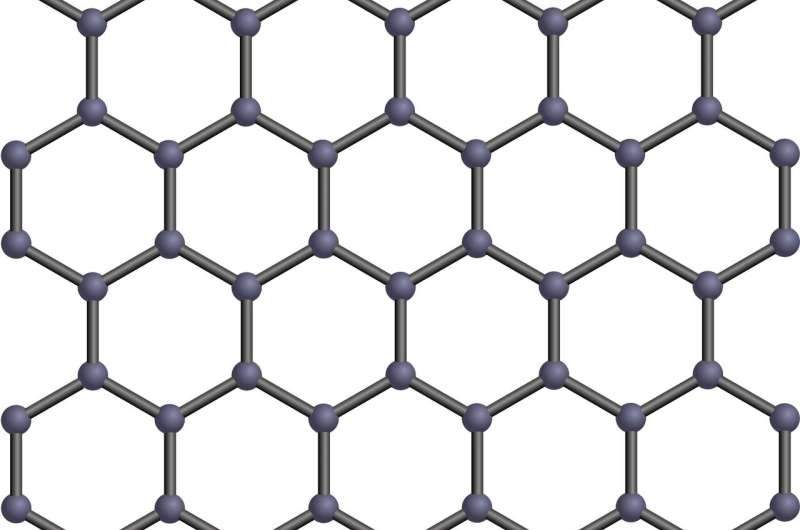Modification of graphene using laser light

Graphene is an exciting new material, which has been characterized as a 'wonder material' because of its excellent properties. Graphene gained widespread attention in 2010 when the Nobel Prize in physics was awarded to researchers who discovered it. Graphene is only one atom layer thick making it the world's thinnest material. In his dissertation, Vesa-Matti Hiltunen showed that graphene could be 'forged' using laser light. This creates very stiff three-dimensional structures out of graphene, which can potentially be used to make faster and more accurate mechanical devices.
Graphene has several excellent properties, such as electric conductivity, transparency and mechanical strength. Due to these properties, graphene has been envisioned to be used in various applications, in energy storage, sensors or communication technology.
MSc Vesa-Matti Hiltunen has studied in his Ph.D. how shape and properties of graphene can be modified by exposing it to very short but powerful laser pulses. Due to the laser pulses, normally fully two-dimensional graphene can be molded into three-dimensional structures.
"We call this method optical forging, since it resembles how flat metal sheet can be forged into three-dimensional shapes with a hammer. Structures that are made using optical forging are hundreds of times higher than the thickness of graphene, but still so small that they fit easily, for example, on a hair," says Vesa-Matti Hiltunen.
Laser light stiffens graphene
Devices that can be made from graphene are, for example, different sensors that work by vibrating mechanically. Optical forging was discovered to stiffen graphene so that it does not bend so easily. This is an interesting observations, since the increase of bending stiffness also increases vibrational frequency of graphene. Increased frequency, in turn, can improve speed and precision of the devices made from it.
"Using optical forging we were able to create structures that are up to 10 000 times stiffer than unmodified graphene. This is record breaking for a material as thin as this," says Hiltunen.
Shape is a result of atomic scale changes
During the study, it was discovered that optical forging causes lattice defects to graphene, i.e. graphene structure breaks up.
Graphene starts to break from random points. If graphene is exposed to the laser light for a long enough time, dot-like defects form into line defects, or cracks. The defects lead to local expansion of graphene, which causes graphene to bulge to three-dimensional shapes.
"The research gave plenty of insight into how shape of graphene and its properties can be altered. A great strength of the method is that in order to modify graphene, no complex processes or chemical treatments are needed. Laser light is all that is needed," Hiltunen sums up.
More information: jyx.jyu.fi/handle/123456789/74628
Provided by University of Jyväskylä




















